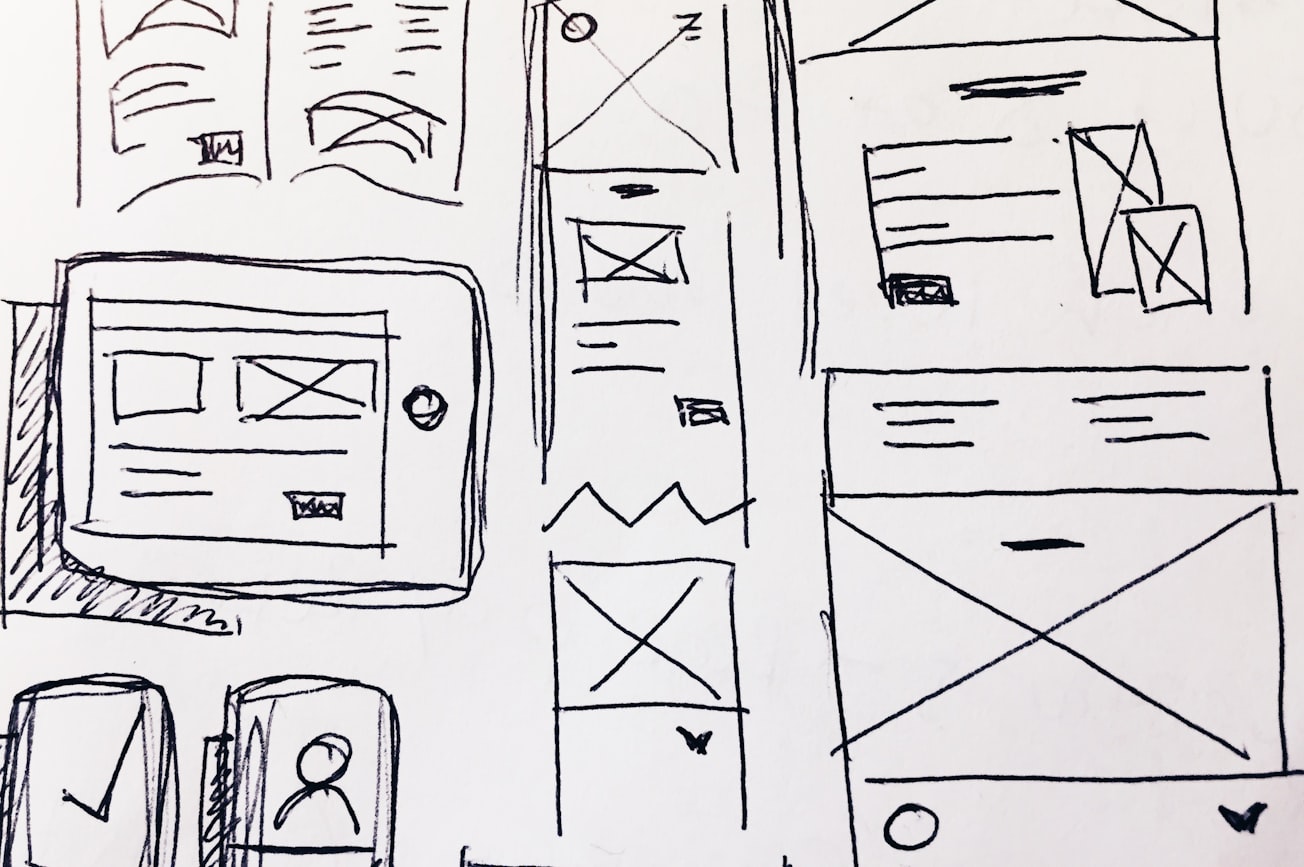What is it about?
This article explores the various possible functions of drawings, focusing on architecture, urban design and planning, fields where drawing has always played a key role.
Featured Image

Photo by Danae Paparis on Unsplash
Why is it important?
In the twentieth century, the functions of written or spoken language were extensively studied by linguists, philosophers, psychologists, and anthropologists. The functions of drawings were studied less. When focusing on architecture, urban design, and planning, ten main functions performed by drawings can be identified: i. representational function, ii. exploratory function, iii. constructional function, iv. conceptual function, v. documentary function, vi. instructional function, vii. nudging function, viii. advisory function, ix. prescriptive function, x. constitutive function. This typology goes far beyond the well-known representative function of drawings on which many have focused for such a long time.
Read the Original
This page is a summary of: Multiple functions of drawings, Journal of Urban Design, August 2020, Taylor & Francis,
DOI: 10.1080/13574809.2020.1801341.
You can read the full text:
Resources
Giuseppe Lorini & Stefano Moroni, How to make norms with drawings: An investigation of normativity beyond the realm of words. "Semiotica" 2020.
Paper on graphical rules and normative drawings.
Stefano Moroni & Giuseppe Lorini, Graphic rules in planning: A critical exploration of normative drawings starting from zoning maps and form-based codes. "Planning Theory", 2017.
Paper on graphical rules and normative drawings.
Contributors
The following have contributed to this page







